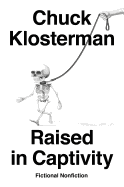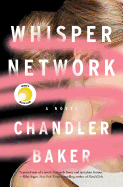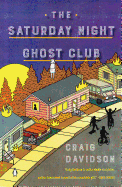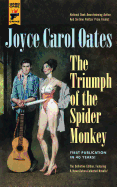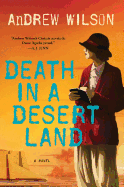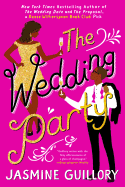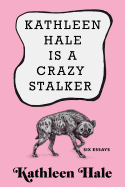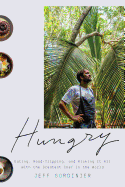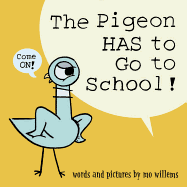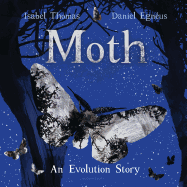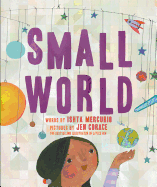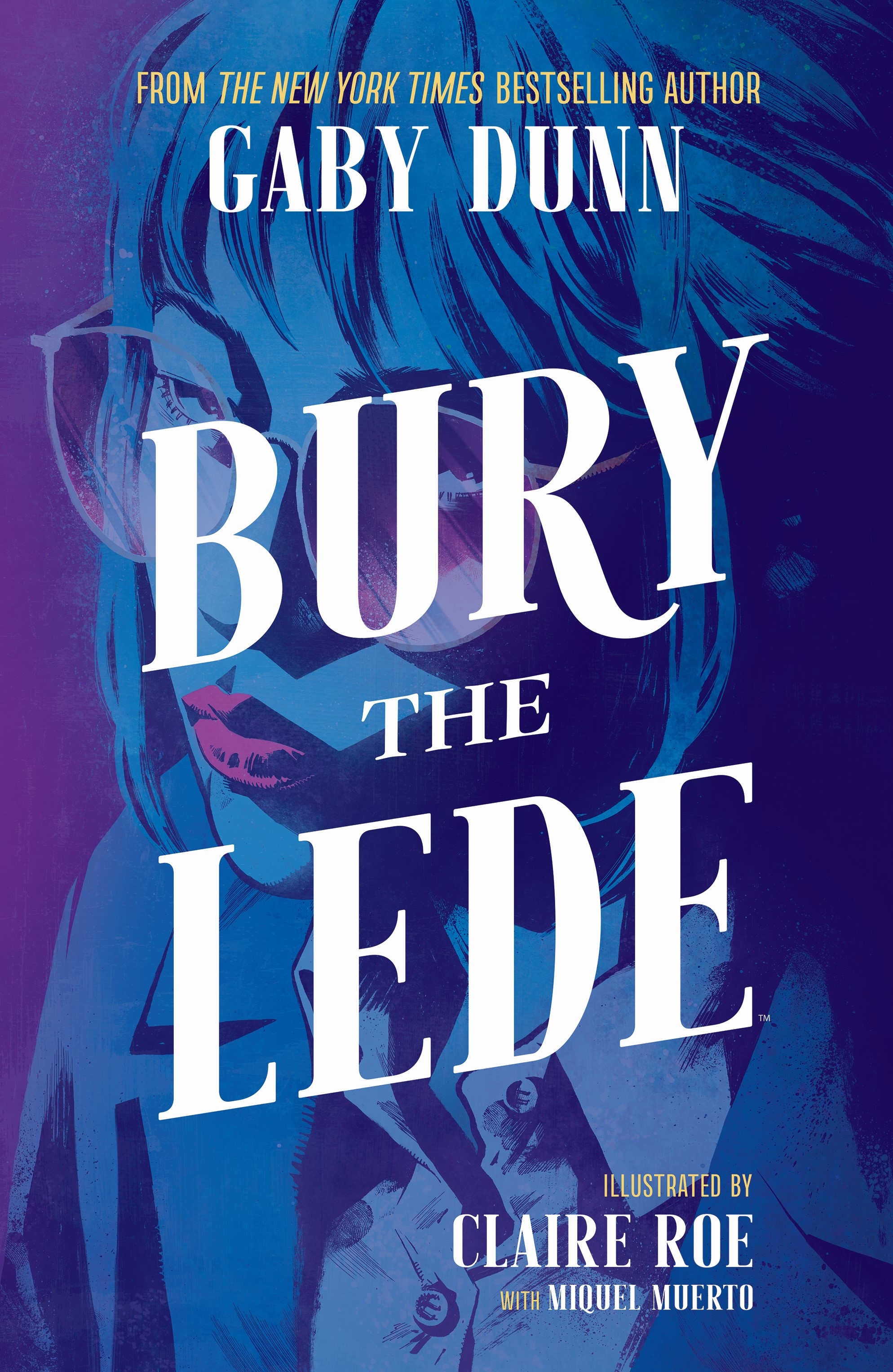 Bury the Lede by Gaby Dunn and artist Claire Roe (BOOM! Studios, October 8)
Bury the Lede by Gaby Dunn and artist Claire Roe (BOOM! Studios, October 8)
In Bury the Lede by Gaby Dunn and artist Claire Roe, Madison T. Jackson is a young journalism student who has a coveted night internship at the Boston Lede (read Boston Globe). After being alerted by a police scanner, she arrives at the scene of a grisly crime: socialite Dahlia Kennedy is covered in gore and is accused of killing her family, including her husband, a prominent businessman. Jackson throws herself into the story--and gets involved in more ways than she could have imagined.
Gaby Dunn has an extensive presence in TV, movies, magazines, publishing and stand-up comedy--among other things, she was a writer for Netflix's Big Mouth, was Brie on Starz's Take My Wife, is creator and host of the podcast Bad With Money With Gaby Dunn, and created the popular YouTube channel Just Between Us with her comedy partner, Allison Raskin (with whom she has written several books based on the channel, including the bestselling I Hate Everyone But You as well as Please Send Help, which is being published tomorrow). What she calls her career's "long winding road" started not with film school but journalism school and a job as a reporter at the Boston Globe. "It was such a wild time," she remembers. "I was 19, given a car and police radio and worked the night shift. I witnessed a lot of bizarre stuff." But make no mistake: "I loved working at the Globe, and I have a reverence for that."
 |
|
Gaby Dunn
photo by Doug Frerichs
|
In Bury the Lede (a clever title that combines several journalistic elements, including the unusual journalists' way of spelling lead, as in "story lead"), Dunn captures "the weirdness" of that period as a young Globe reporter. The plot is "an amalgamation" that includes some material inspired by the fraud and murder case of Clark Rockefeller, who posed as a Rockefeller family member. ("Maybe he could have lived his whole life as a scammer," Dunn says, "but he opened a can of worms when he tried to kidnap his daughter.") It also has a vibe Dunn calls "reminiscent of when I felt so self-righteous about being a reporter and getting at the truth. 'What I'm doing is right, and everyone will thank me later.' "
Bury the Lede also delves into some of the strange traditions about women and crime in mainstream culture. "There is an idea that women don't kill their children," she says. "It's a very twisted form of feminism that the idea of a mother killing her child is the worst thing we can imagine." As a result, she has included "a female villain who may have murdered her own child but is helping the case."
Another related trope about women and crime concerns how action heroes deal with villains. "In action movies," she says, "male action heroes are allowed to directly shoot the enemy and are cheered for it." On the other hand, female action heroes have to do "some clever thing" indirectly to kill an enemy, such as "throw a microwave at them" or make something else fall on them.
 |
| Claire Roe |
For Dunn, Buy the Lede is a change in direction from her previous work, most of which is either comedy or drama. Going back at least to her time reporting for the Globe, she has been fascinated by crime. But Bury the Lede is more than a tale of a ghastly crime: most of the main characters are women, queer women or women of color--and they are flawed, complex female characters. Dunn comments: "It's a very female queer book that I hope adds another voice to a genre that is typically not that."
Artist Claire Roe (Batgirl and The Birds of Prey) emphasizes this point, saying, "On the surface, this is a crime story, but in its heart, it is the story of some very flawed women. We rarely get to enjoy these types of women in media, especially if they're poc and queer, so getting to dive into this world and draw this story was right up my alley. I think true crime lovers will connect instantly with Madison, and will enjoy uncovering the motivations of the beautiful and enigmatic Dahlia."
BOOM! Studios' senior editor Dafna Pleban says Bury the Lede "masterfully blends the thrilling relationships of Killing Eve with the sharp insights of Devil Wears Prada for an affecting reflection of the world around us. Gaby and Claire bring a different perspective to the world of crime fiction, drawing from their own experiences to examine what it really means to be an investigative journalist in a world where it's getting harder to trust the headlines."
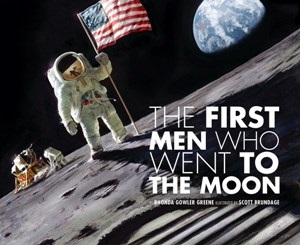 Rhonda Gowler Greene and Scott Brundage's The First Men Who Went to the Moon ($16.99, Sleeping Bear Press) is a poetic, step-by-step recounting of Armstrong, Aldrin and Collins's trip to the moon, beginning with boarding Apollo 11 and ending with "the splashdown that brought them home." Scattered throughout, blended into Brundage's stirring illustrations, are additional facts for older readers.
Rhonda Gowler Greene and Scott Brundage's The First Men Who Went to the Moon ($16.99, Sleeping Bear Press) is a poetic, step-by-step recounting of Armstrong, Aldrin and Collins's trip to the moon, beginning with boarding Apollo 11 and ending with "the splashdown that brought them home." Scattered throughout, blended into Brundage's stirring illustrations, are additional facts for older readers.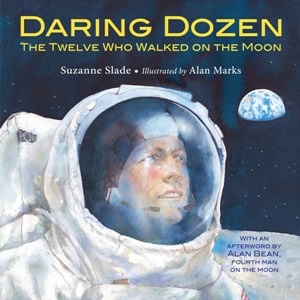 The Daring Dozen: The Twelve Who Walked on the Moon by Suzanne Slade, illus. by Alan Marks ($17.99, Charlesbridge) takes the Apollo 11 trip and builds upon it, showing how each subsequent mission to the moon used the lessons from the one before to expand our knowledge. Marks's illustrated double-page spreads are awe-inspiring, each depicting, in their own way, the expanse that is space. Slade's text is lyrical and full of information for young moon enthusiasts.
The Daring Dozen: The Twelve Who Walked on the Moon by Suzanne Slade, illus. by Alan Marks ($17.99, Charlesbridge) takes the Apollo 11 trip and builds upon it, showing how each subsequent mission to the moon used the lessons from the one before to expand our knowledge. Marks's illustrated double-page spreads are awe-inspiring, each depicting, in their own way, the expanse that is space. Slade's text is lyrical and full of information for young moon enthusiasts.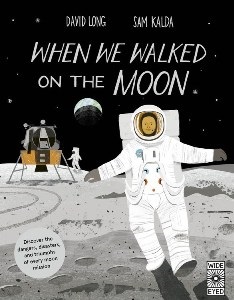 David Long and Sam Kalda's When We Walked on the Moon ($17.99, Wide Eyed Editions) takes a similar approach to The Daring Dozen but for a slightly older age range. With detailed chapters and bold, stylized illustrations, this title focuses on making the astronauts fully rounded people.
David Long and Sam Kalda's When We Walked on the Moon ($17.99, Wide Eyed Editions) takes a similar approach to The Daring Dozen but for a slightly older age range. With detailed chapters and bold, stylized illustrations, this title focuses on making the astronauts fully rounded people.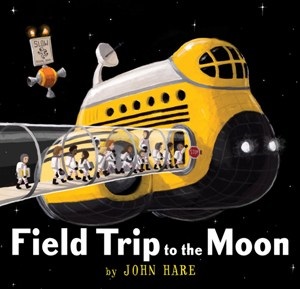 Special mention goes to John Hare's Field Trip to the Moon ($17.99, Holiday House), which features an imagined elementary school trip to the moon in which one little astronaut displays their artistic talents and meets some new, moon-abiding friends. Who knows what the next 50 years hold?
Special mention goes to John Hare's Field Trip to the Moon ($17.99, Holiday House), which features an imagined elementary school trip to the moon in which one little astronaut displays their artistic talents and meets some new, moon-abiding friends. Who knows what the next 50 years hold? 



 Bury the Lede by Gaby Dunn and artist Claire Roe (BOOM! Studios, October 8)
Bury the Lede by Gaby Dunn and artist Claire Roe (BOOM! Studios, October 8)

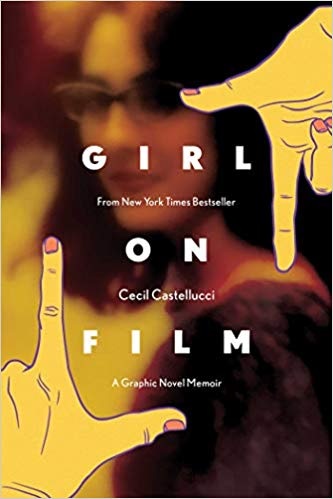 Girl on Film by Cecil Castellucci, illustrated by artists Vicky Leta, Jon Berg, V. Gagnon and Melissa Duffy (Archaia/BOOM! Studios, November 19)
Girl on Film by Cecil Castellucci, illustrated by artists Vicky Leta, Jon Berg, V. Gagnon and Melissa Duffy (Archaia/BOOM! Studios, November 19).jpg)
